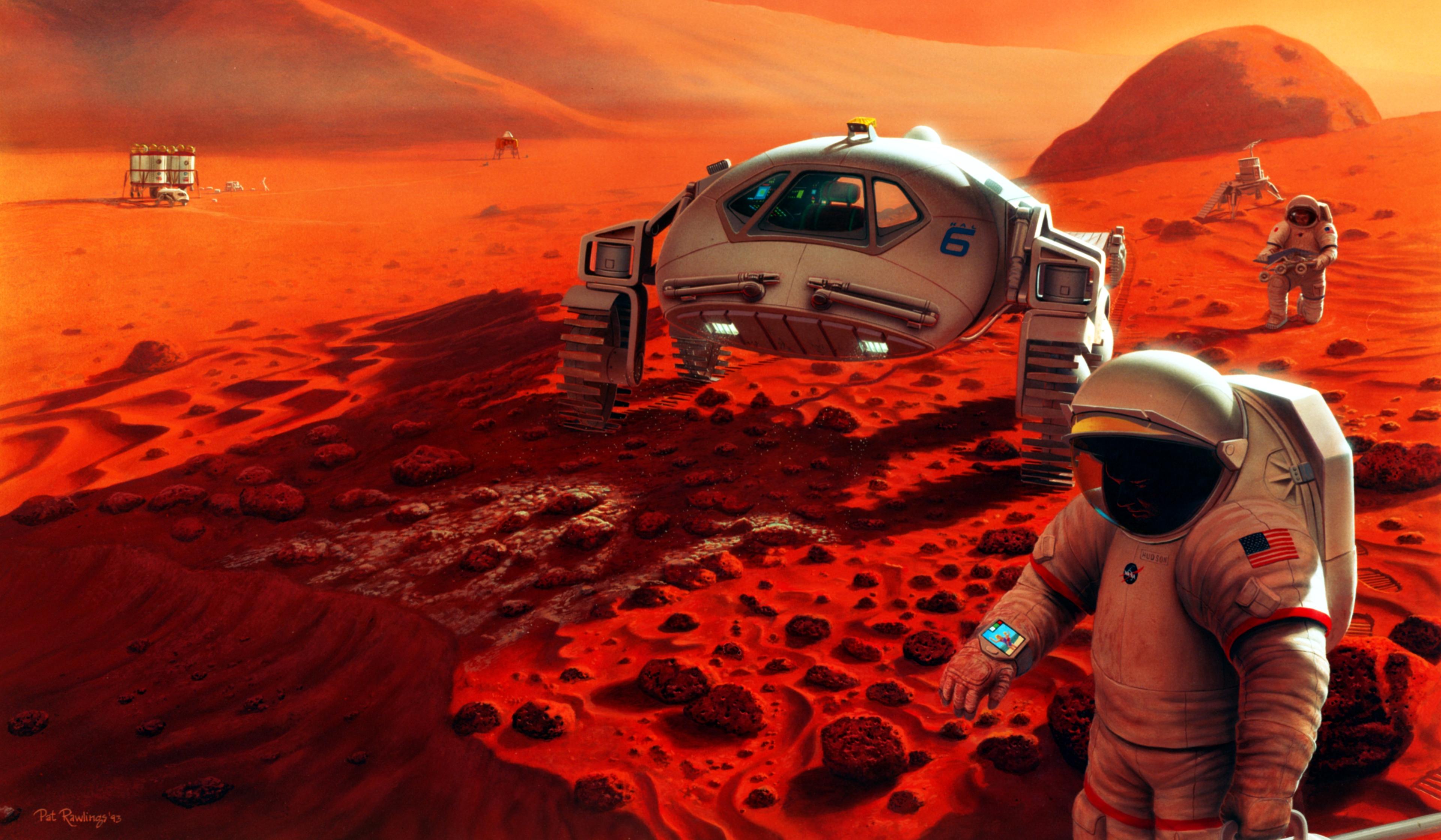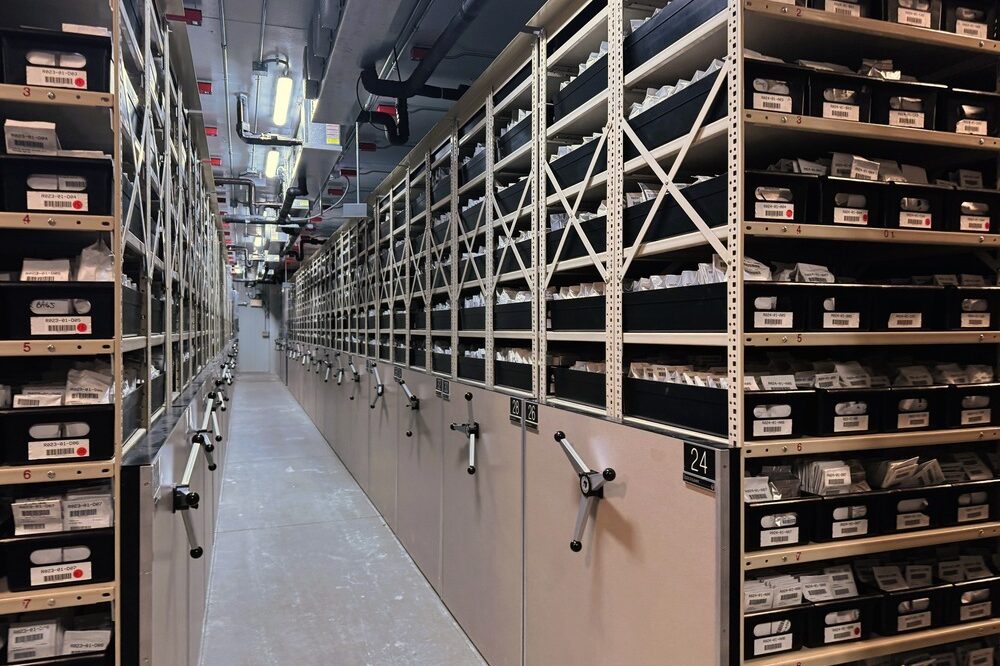
Settlers on Mars could mine ice to build 3D printed igloos. A bit farther out, on one of Saturn's moons, residents might strap on wings, flap their arms, and fly. These are the visions of two authors who joined Colorado Matters at the Newman Center for the Performing Arts at the University of Denver to talk about the future for colonies in space.
Sending people to Mars is within the grasp of science today, says Leonard David, an award-winning space journalist from Golden. His book “MARS: Our Future on the Red Planet,” came out in conjunction with the new “Mars” miniseries on National Geographic Channel.
Amanda Hendrix, senior scientist at the Planetary Science Institute in Niwot, looks a bit farther to find a suitable home in space: Titan, the largest of Saturn's 62 moons. She says Titan has a thick atmosphere that would allow people to walk outside without pressurized suits, and lakes of methane that could be used for fuel. Hendrix is co-author of “Beyond Earth: Our Path to a New Home in the Planets.”
Aerospace engineer Andrzej Stewart joined the two authors to talk about his experience living for a year in a NASA-sponsored Mars simulation habitat in Hawaii.
Read an excerpt from "Beyond Earth: Our Path to a New Home in the Planets":
| Someday, people will live on Titan, the largest moon of Saturn. Their energy will come from burning the unlimited supply of fossil fuels on its surface and their oxygen from the water ice that forms much of Titan’s mass. The nitrogen atmosphere, thicker than the Earth’s, will protect them from space radiation and allow them to live in unpressurized buildings and travel without spacesuits, in very warm clothes with respirators. They will go boating on lakes of liquid methane and fly like birds in the cold, dense atmosphere, with wings on their backs. This will happen because, at a certain point, it will make sense. Today, the cold, gloomy Titan skies are unappealing and impossibly distant. We do not yet have the technology to put people on Titan. But the technology is coming at the same time the prospects for the Earth are getting worse. In earlier times, human beings struck out for strange and dangerous new places when their homes became intolerable. If humanity doesn’t change course on this planet, a new world free from war and climate upheaval could someday draw colonists to Titan in the same way. The technology required for a space colony is already visible. The largest barriers are institutional. An indifferent political establishment. A space agency, NASA, with a culture that squelches dissent and that lacks a coherent goal for human spaceflight. News media that have sold the public a false understanding of the real challenges of space exploration. Going to another planet will be difficult and, without breakthroughs, unacceptably dangerous. But the ingredients for a space colony are coming together. Experience building space vehicles has spread to many countries and private industry. An Internet-spawned innovation culture that knows how to make new things fast has turned its attention to space. The concepts needed to get us there have been thought out already. When the moment comes, it won’t be the first time human beings have embarked on a voyage that seemed impossibly difficult, expensive, and technically challenging. Our kind repeatedly built new societies in places so remote as to forbid return. When we do it again, we’ll probably have reasons similar to those they had then. Excerpted from Beyond Earth by Charles Wohlforth and Amanda R. Hendrix, Ph.D.. Copyright © 2016 by Charles Wohlforth and Amanda R. Hendrix. All rights reserved. No part of this excerpt may be reproduced or reprinted without permission in writing from the publisher. |









